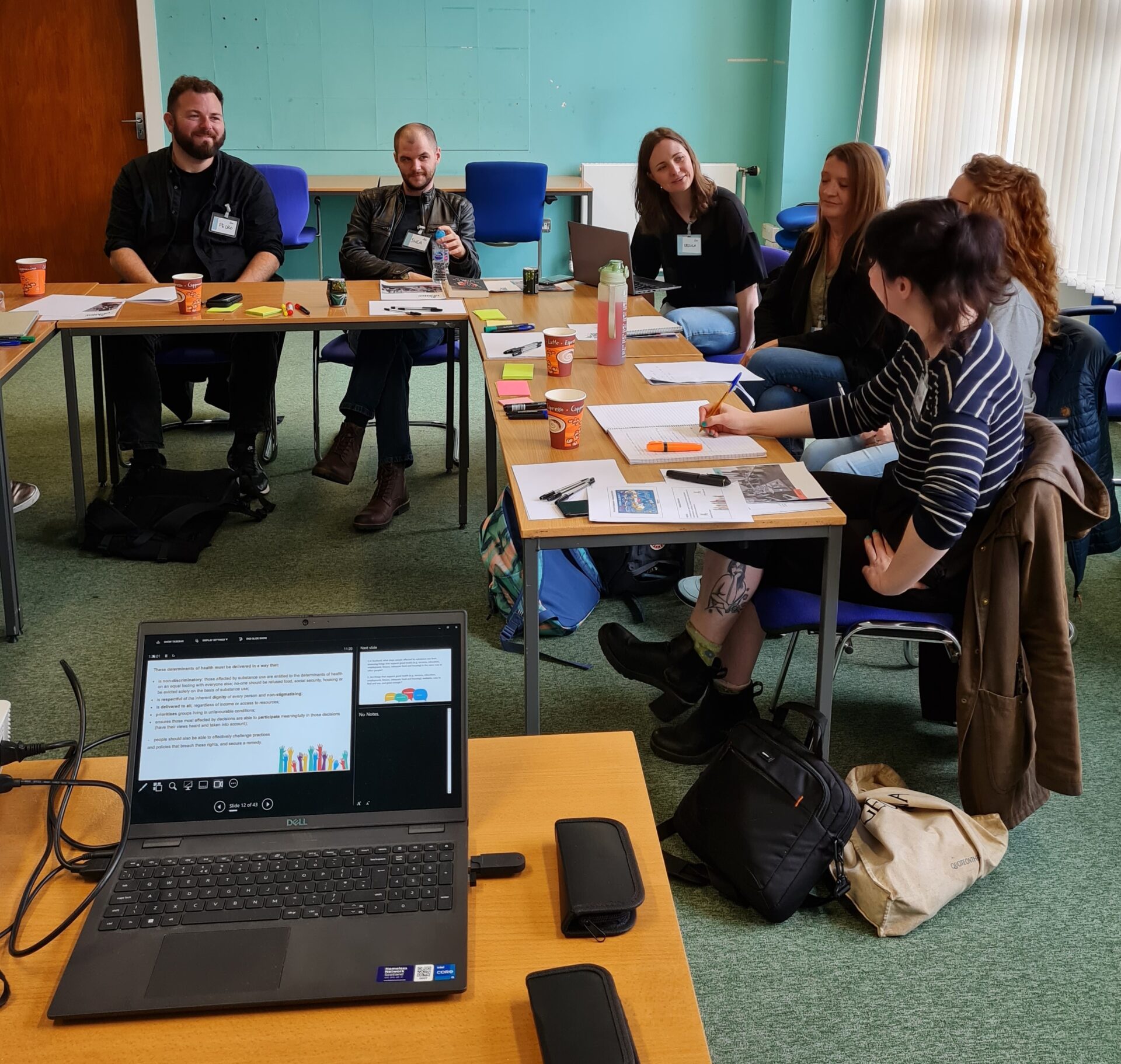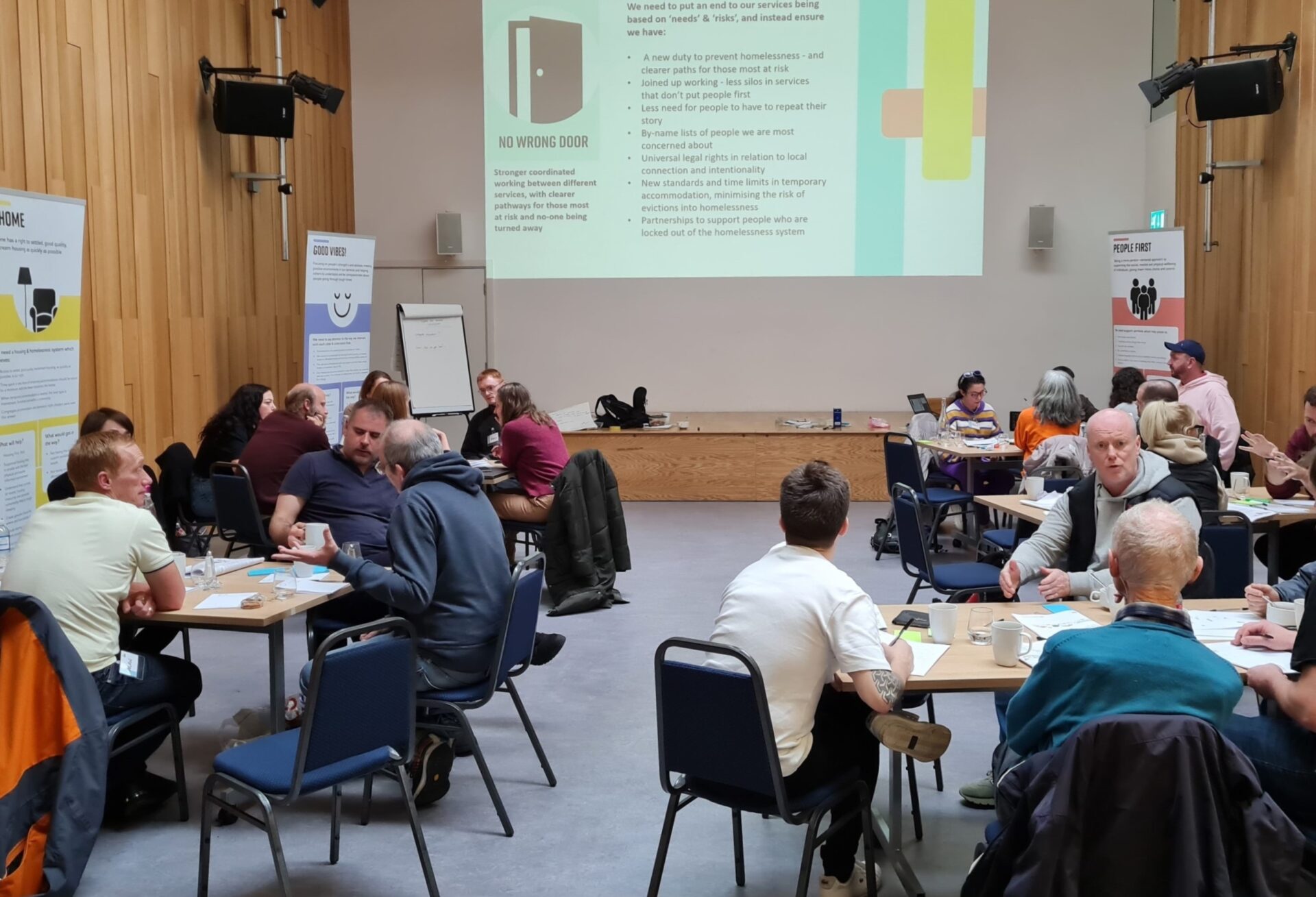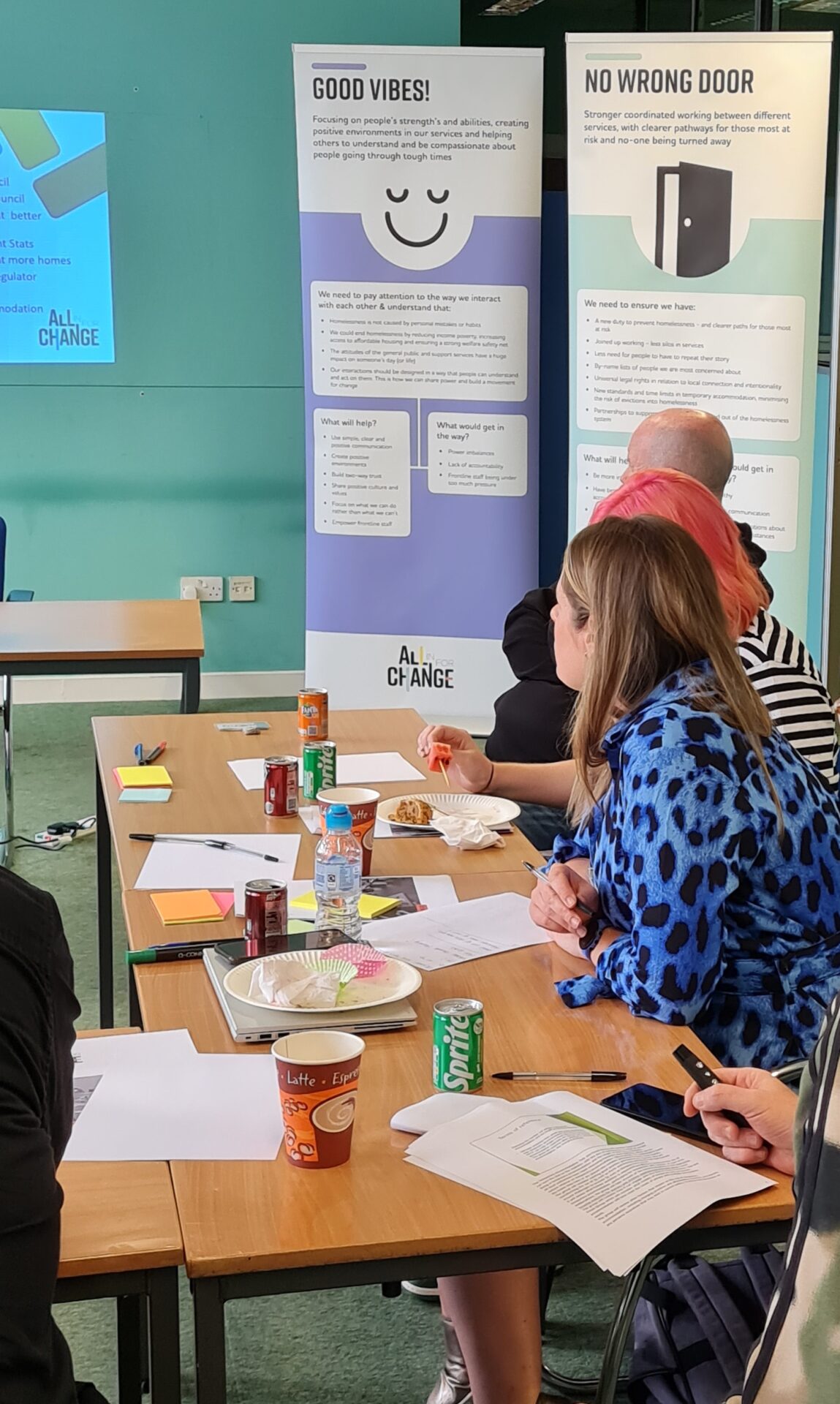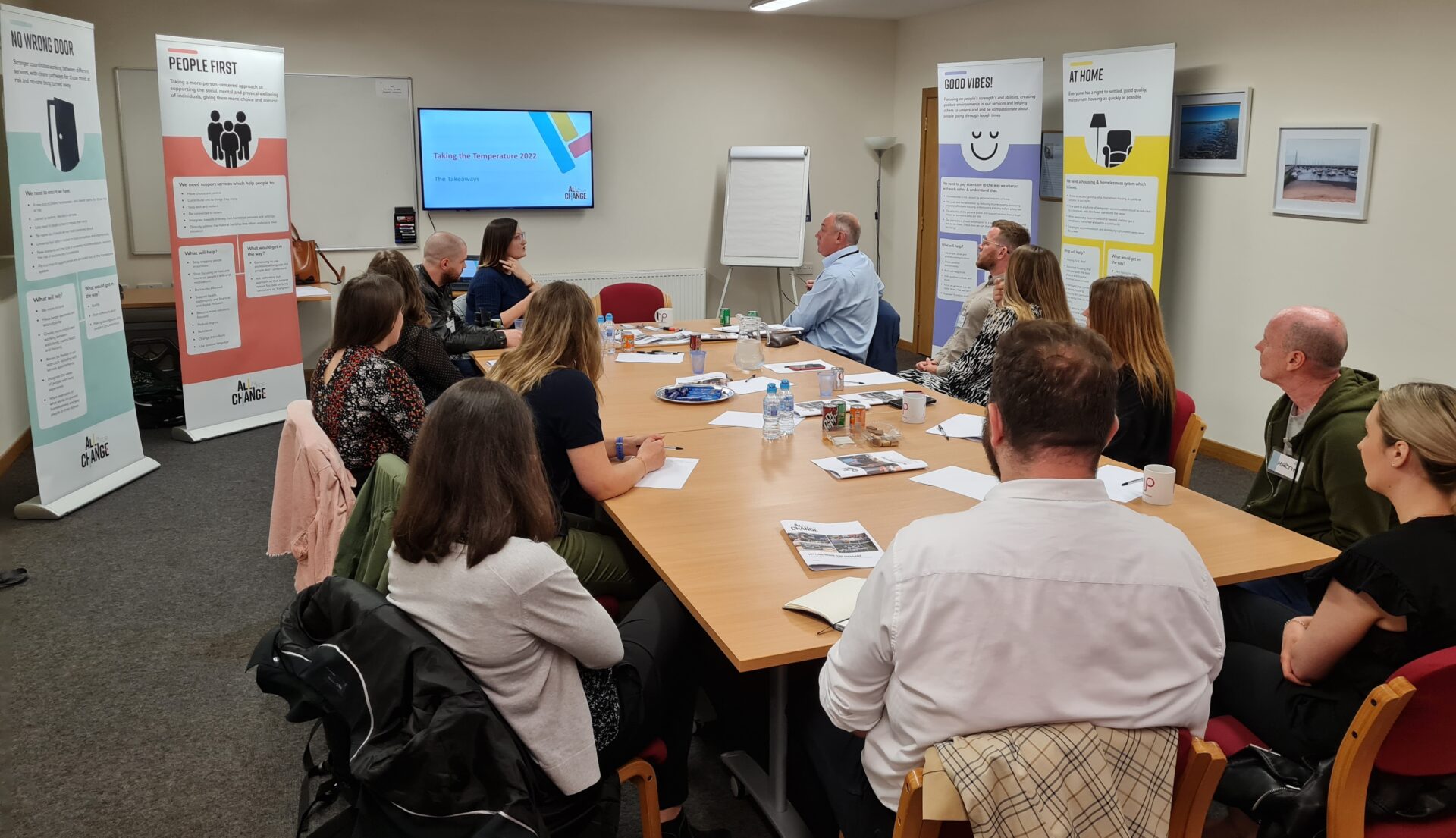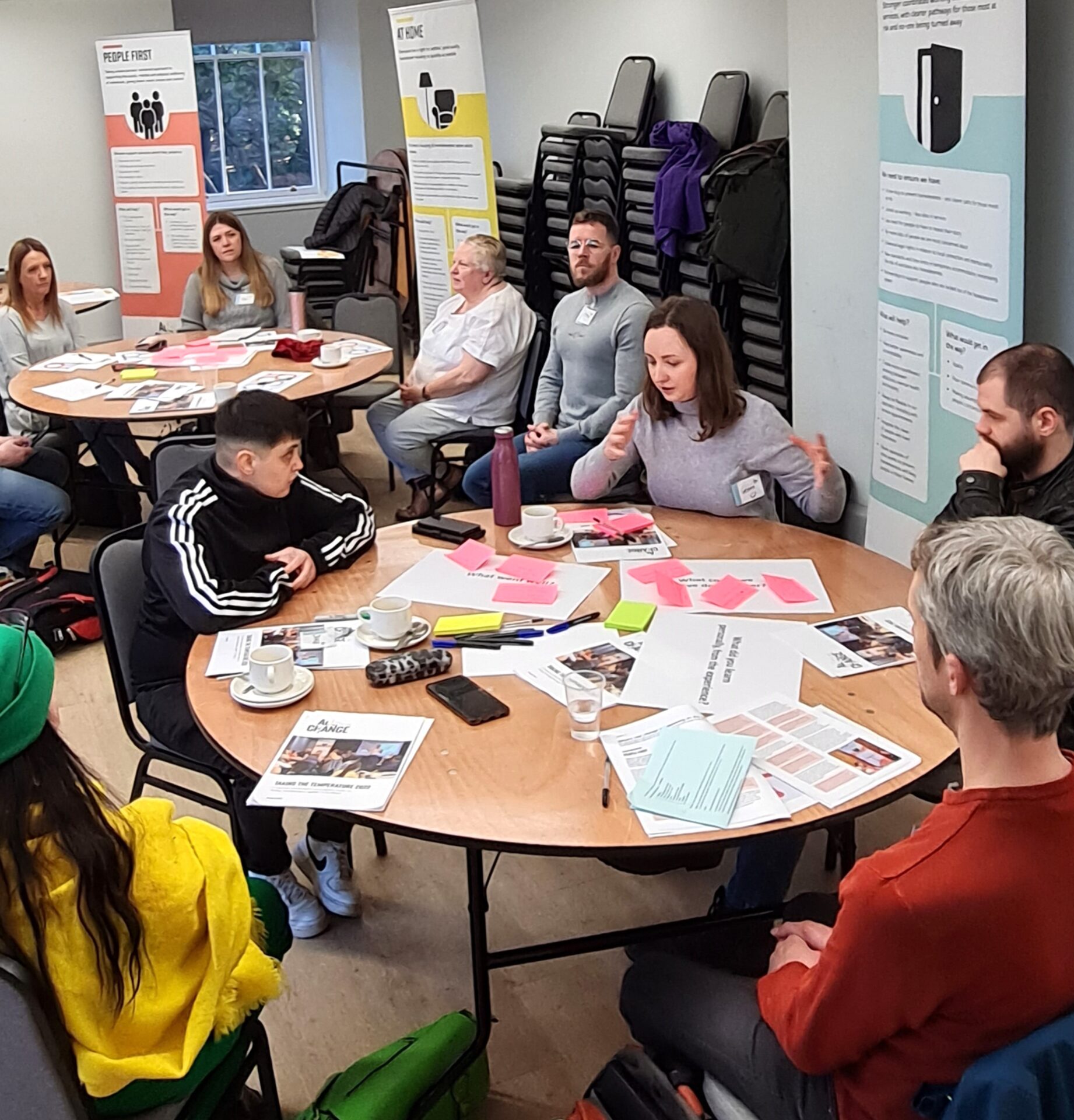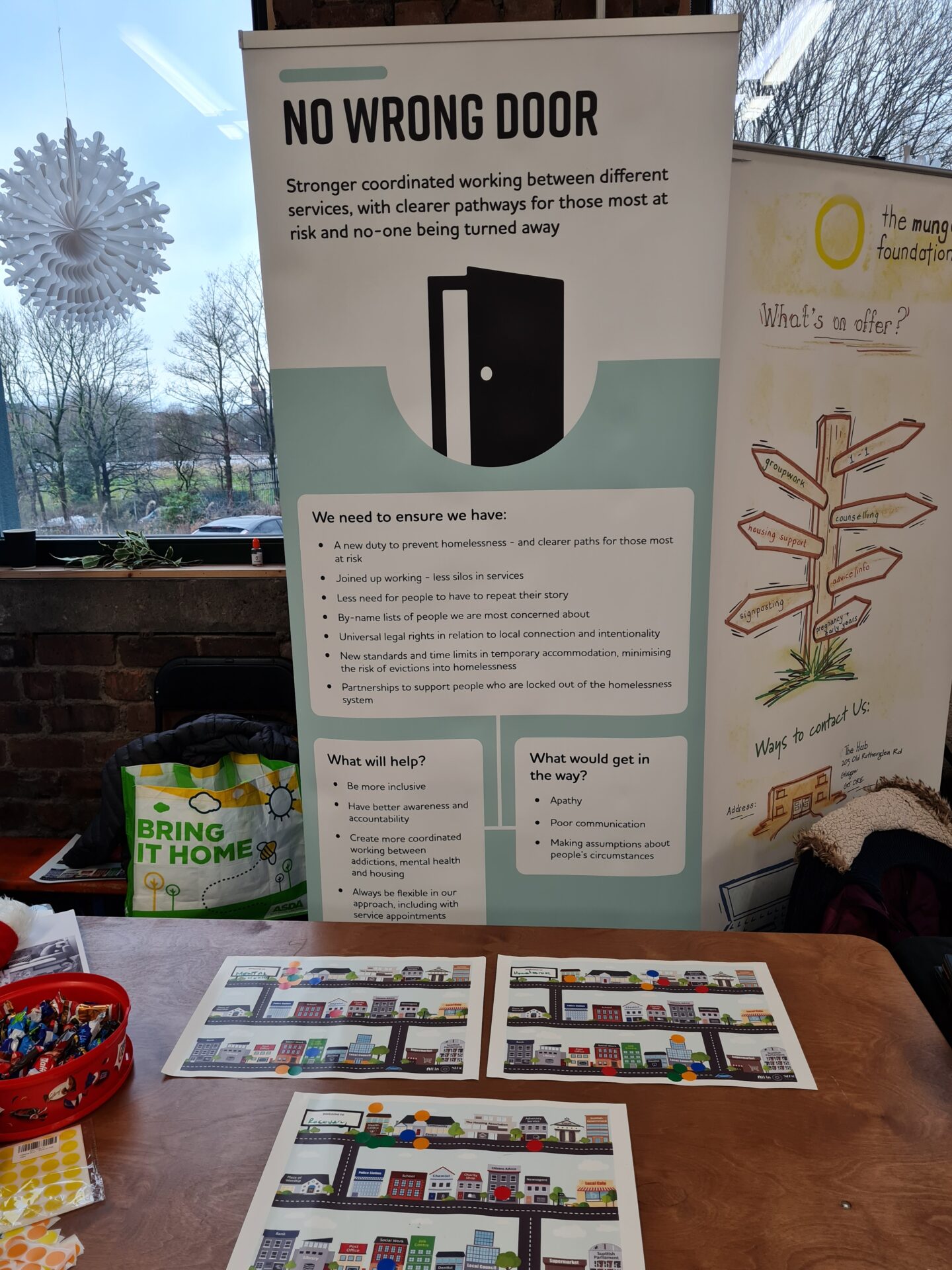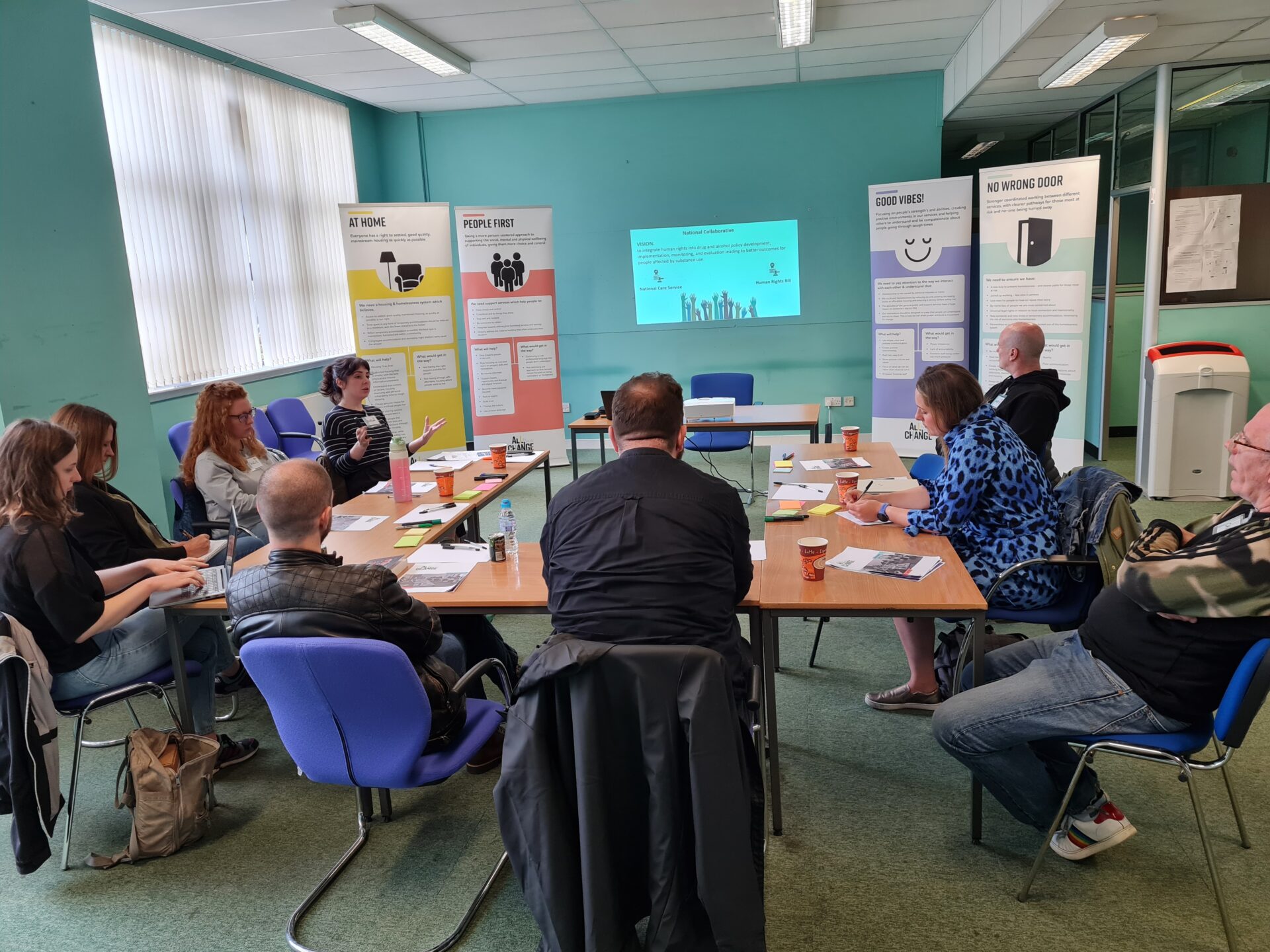Maggie Brünjes, chief executive of Homeless Network Scotland, on the long-term impacts of short-term decisions on housing. And what needs to happen now to make 2024 count.
Imagine there was enough decent and affordable housing for everyone in Scotland in the places we want to build and live our lives.
What would happen?
Firstly, we would see radical improvements in Scotland’s physical and mental health.
It is widely understood that our health is shaped by factors that go well beyond the heredity and genetic cards we were dealt or even how we access and experience health and social care services. Housing is one of the most influential factors making us more or less healthy – as individuals and across whole communities and populations.
Secondly, poverty and inequality in Scotland would shrink.
More equal societies do better on almost every measure that matters. But inequality persists in Scotland, including within the housing system. People are systematically disadvantaged due to factors including our income, our race, our gender, our age, and our health. Even our orientation, how we identify and express ourselves, exposes people to a greater risk of inadequate housing and homelessness.
But impactful housing and fiscal policy, especially at the supply side, would redress this. It has already been shown that lower social rents and a more responsive supply of social homes create lower rates of poverty in Scotland. There is also fresh appetite for policy that tackles inequalities in housing wealth – not just the different advantages between renting and home ownership, but the difference between owning one and owning multiple homes.
When housing is affordable and available, there are also wider positive benefits for the local economy, for employment growth and job retention. Keeping housing supply affordable is critically dependent on a pipeline of capacity and resource that keeps pace with the demand for it.
Thirdly, homelessness as we know it would end.
Homelessness is not only a housing issue, but it’s always a housing issue. There is simply no route to ending homelessness in Scotland that doesn’t include more social and affordable housing. The homelessness sector has modernised over recent decades and now embraces a culture that most of us, with the right support if we need it, can build and live our lives in an ordinary home in an ordinary community.
With a supply of affordable housing in harmony with demand, we would see the key pillars of Scotland’s progressive homelessness policy implemented with greater ease – prevention, cutting the strings to our over-reliance on unsuitable, expensive and temporary accommodation, ensuring childhoods are spent in settled not temporary homes, scaling up Housing First for those at the hardest edge – and ensuring people seeking sanctuary or to settle in Scotland have a safe place to stay at all times.
With enough decent and affordable housing, Scotland would healthier, happier, fairer and more economically secure.
Nice start to the year, isn’t it?
But instead, we’re sweeping up the glass of Scottish Government’s December budget which unveiled a £200m cut to affordable housing – jeopardising housing targets and exposing the progress made towards ending homelessness and rough sleeping to unnecessary risk.
And so say all of us. Over the last year, coordinated representation, evidence and opinion across all these points and more have been made by:
- Local authorities, individually and through the leadership structures of ALACHO and SOLACE.
- The housing sector, including through SFHA, CIH Scotland and GWSF.
- The home building industry, including through Homes for Scotland.
- The homelessness and refugee sectors, including through the Everyone Home collective and the relentless campaigning of Shelter Scotland.
- Regulators and auditors, including the Scottish Housing Regulator, the Accounts Commission and Auditor General.
- Platforms for people directly affected, including All in For Change and tenants’ organisations.
- The anti-poverty sector, including the Poverty Alliance and Child Poverty Action Group.
- The academic and knowledge sector, including I-SPHERE at Heriot-Watt University and the Joseph Rowntree Foundation.
It doesn’t add up.
When the case is presented by so many informed stakeholders. When the benefits of more and better homes are so fundamental and self-evident. And when the consequence of not providing it is so devastating to people’s lives – then the questions and reactions will inevitably become more complex and more pressured in 2024. If government doesn’t have enough capacity or resources to meet the demand for social and affordable housing in Scotland – who does? Where does that take us, and what happens next?
At Homeless Network Scotland’s annual conference in October, and at our post-budget meeting in December, Housing Minister Paul McLennan outlined the Scottish Government strategy to attract private finance into Scotland’s housing system. The Minister has been proactive about securing investment to meet Scotland’s housing need since he took up office in March, and we support his commitment to a model and method that retains investor confidence while ensuring protections for people who rent their home.
The problem of course now is that any new investment needs to first plug a shortfall before it can progress us further than we already were.
Making it count.
This new environment for housing in 2024 will compel all parts of the housing and homelessness sector to put forward priorities and options to mitigate the worst impacts of a drastically reduced housing budget for the year ahead. Policy and budget decisions don’t add up, but we still need to make it count – this is our starting point:
- Stop the big freeze. The UK Government’s capital budget being frozen to March 2028 means close to a 10% real terms cut over 5 years for infrastructure projects in Scotland, including housing. Reversing or tempering this forecast would reinstate some of the lost capital budget – and is not beyond possibility.
- Prevent the pile up. The Scottish Government cut the housing budget beyond the inflationary freeze sent by Westminster. Reversing or tempering this decision – and redressing the impact in next year’s budget, will increase confidence and support.
- Think big on social investment. There are a small number of third sector organisations who have already shown leadership and innovation in how social investment, often in the form of low-cost repayable loans, can be used to create housing options. A group of us have come together to launch a new commission in 2024 that will build and present a business case for a strategic and national approach.
- Focus on distribution. More capacity and levers for initiatives focused on empty homes and in reducing housing wealth inequality. The UK Collaborative Centre for Housing Evidence have already described policy reform potential, along with the twin constraints of devolved policy and reformability – the overall appetite for wealth reform across society.
- Measure what matters. More than ever, we need to measure the impact of housing policy and spend. Last month, a coalition of experts called on local and national government to adopt a groundbreaking new tool, the Ending Homelessness Together Monitor. The carefully selected set of indicators are intended to demonstrate the interplay between what causes homelessness, the level of resources and tools needed to prevent and alleviate it and the adequacy of the system of services that help people through it.
- Use a route map. To navigate an increasingly complex terrain, we need a clear route-map between the commitments in Housing to 2040 and the Ending Homelessness Together Plan and the aspirational outcomes in the new Ending Homelessness Together Monitor. This will provide the missing mechanism to sequence, cost, target and time the range of actions now needed.




